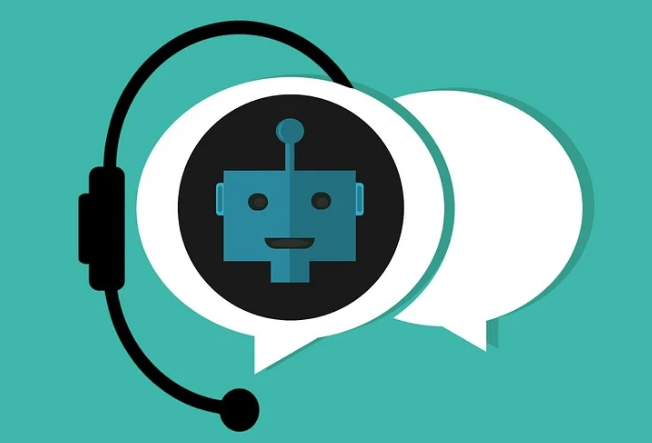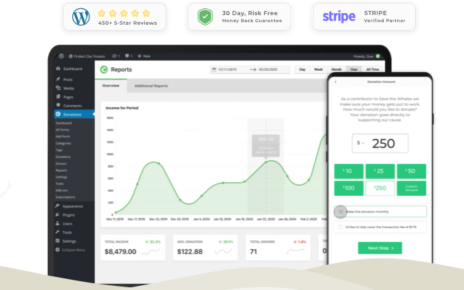Digitization has taken its toll and so do the solutions adopted by organizations to facilitate the transformation. From artificial intelligence to machine learning, data science, and robotics, there are multiple technologies that have garnered tremendous attention recently. One among these is IoT or the Internet of Technologies.
What is IoT?
Before we get into the depth of the article and talk about things related to its management, let’s have a quick look at what IoT exactly means?
In simple terms, IoT is designated as the technology of connectivity, one that connects devices, networks, and sensors together to facilitate real-time exchange of data. Remember the smartwatches that you love to wear. Yes, they have IoT sensors embedded within enabling them to share data with the app installed on your device.
Now, this is just one example and pretty small. Industries that work on a huge scale need to constantly monitor their devices to ensure uninterrupted functionality of the same. This is where our discussion on why is it important comes into play.
Why do you need to emphasize IoT Device Management?
Even though the adoption of IoT devices increased by leaps and bounds, organizations haven’t paid much attention to its management. For them, IoT integration is all about having the right sensors, identifying the best devices, and connecting them to set up the IoT infrastructure.
But reality doesn’t seem to agree with the above. In fact, assembling parts and drafting a connection between them isn’t enough. What lies ahead is the need to monitor and manage the network as well as the devices. Here in the article, we intend to educate you on IoT device management solutions and the reasons why should organizations take measures to embed IoT management practices within their line of business infrastructure.
Without much ado, let’s get started!
What do you mean by the IoT Device management solution?
As the name suggests, the IoT device management solution refers to the processes undertaken to monitor the functioning of IoT devices, and outlining methods to improve their overall performance. IoT device management includes all of the IoT activities starting with the onboarding of devices to identifying problems, securing the infrastructure, and boosting the efficiency of all.
IoT device management is considered to be an important part of IoT Integration and implementation solutions. Nearly every top organization includes the feature of IoT device management in their plans. As a matter of fact, IoT device management is fundamental to the effective operation of IoT devices.
Elements of IoT Device Management
Knowing what IoT device management actually means, we now highlight the activities that are part of the device management solution. While the scope of IoT device management is huge, there are a few things that are basic to IoT device management solution.
- Provision and Authenticate
To begin, consider that you are soon to a few IoT devices to your network. When making the decision, you would have thought that the IoT devices would help you take track of in-house production activities and get alerts as and when malfunctioning happens. To ensure that things go correctly, you must add devices that are secured, legit, and tamper-proof. Also, you can validate that the solution is genuine. IoT device management solution goes to great lengths to approve of the integration. Signing up for a device management solution, you can be assured that the IoT devices are optimal and reliable.
- Configuring and controlling.
The next thing you can expect from companies that provide IoT device management solution is helping you with the configuration process. When you install a new device, it needs to be configured so that it works well in the infrastructure. Also, you might feel the need to alter the configuration settings of the device time after time. IoT device managers are bestowed with the job of configuring and controlling IoT devices.
- Diagnosing
Next and the most important reason is to facilitate continuous monitoring of the devices. IoT device management helps keep tabs on the devices, the sensors, and the network, generating alerts when something behaves in an unexpected manner. Device management software are equipped with the capabilities to monitor the IoT infrastructure and list out potential threats to the system.
- Software Updates
Using an outdated system makes the entire infrastructure vulnerable to hacks and attacks. Performing software updates is another part of the IoT device management solution. With thousands of devices connected together to build the robust IoT infrastructure, device management solutions roll up updates and maintenance operations to make sure that the system is running to the best of its capabilities.
Reasons why you should opt for IoT management solution
Having said all of the above, we are now aware of what an IoT device management solution does. But then, one question that arises here is do you really need to have a separate IoT device management solution or can you do it in-house?
True that in-house solution appeals to your more as it is cost-effective, it is often noted that organizational employees tend to overlook small things which in the future become the reason for something fatal.
An IoT device management solution helps you to:
- Mitigate all potential risks of comprising security and data privacy. It encompasses 24/7 assessment and monitoring of the infrastructure to point out errors before they hit the system.
- Simplify the job of integrating and deploying IoT solutions in the existing infrastructure. They provide a holistic view of the entire application infrastructure enabling you to make decisions better and faster. A
- Streamlines troubleshooting operations. Imagine an organization having offices or manufacturing units in five different locations. Setting IoT devices across all might seem tough. However, that’s not enough as troubleshooting all of the devices is a tedious task. Device Management will help you streamline and automate end to end process
Not to mention the fact that proper execution of devices helps eliminate unwanted costs, which otherwise would have been necessary to restore the functionality.
How to implement an IoT device management solution?
With all that, the final thing to talk about is how do you implement the IoT device management solution? While the manual approach does exist, modern-day companies can provide device managers.
Device Manager is an excellent solution that facilitates the management operations of IoT devices remotely. They work in the backend ensuring that the devices are secured and that they are running effectively at all hours of the day.
The remote device management solution rendered by m2mserver incorporates the state-of-the-art functionalities. The major offerings include easy administration, bulk provisioning, device status visibility, providing performance metrics followed by security issues. A detailed report is created and shared with the enterprise to regulate further processes.
Conclusion
IoT device management is no longer an option for organizations. Instead, it is a must for organizations and enterprises with huge infrastructure and large scale operations. Irrespective of the type of business you run, when it comes to setup and installation of IoT devices, you must also seek a device management solution to address future concerns about the performance of the same.



